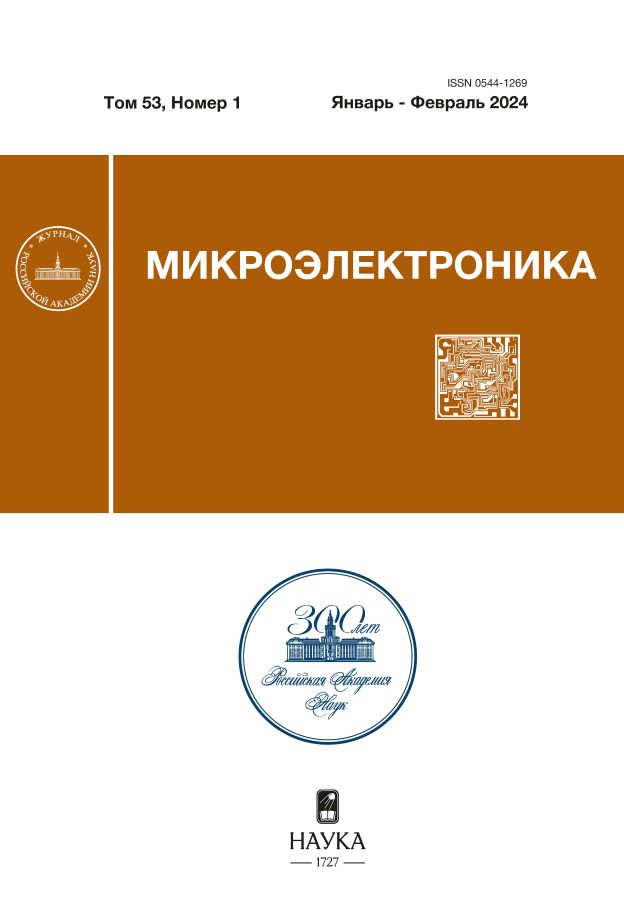Research of Memristor Effect in Crossbar Architecture for Neuromorphic Artificial Intelligence Systems
- Autores: Polyakova V.V.1, Saenko A.V.1, Kots I.N.1, Kovalev A.V.1
-
Afiliações:
- Southern Federal University
- Edição: Volume 53, Nº 1 (2024)
- Páginas: 58-63
- Seção: INSTRUMENTATION
- URL: https://rjeid.com/0544-1269/article/view/655246
- DOI: https://doi.org/10.31857/S0544126924010069
- ID: 655246
Citar
Texto integral
Resumo
This article presents the results of experimental studies of structures formed on the basis of the crossbar architecture of memristor structures made of various materials. TiO2 was used as a working memristor layer. The following materials were used for the contact pads: Al, Ni, Cr, Mo, Ta, Ag. In the course of experimental studies, the optimal combination of materials for the formation of crossbar memristor structures was revealed, which in the future can be used in devices of neuromorphic artificial intelligence systems.
Sobre autores
V. Polyakova
Southern Federal University
Autor responsável pela correspondência
Email: vpolyakova@sfedu.ru
Rússia, Taganrog
A. Saenko
Southern Federal University
Email: vpolyakova@sfedu.ru
Rússia, Taganrog
I. Kots
Southern Federal University
Email: vpolyakova@sfedu.ru
Rússia, Taganrog
A. Kovalev
Southern Federal University
Email: vpolyakova@sfedu.ru
Rússia, Taganrog
Bibliografia
- Proydakov E.M. Современное состояние исследований в области искусственного интеллекта // Digital economy. 2018. T. 3. No. 3. P. 50.
- Gafarov F.M. Artificial neural networks and applications. Kazan: Kazan, 2018.
- Zidan M.A., Strachan J.P., Lu W.D. The future of electronics based on memristive systems // Nat. Electron. 2018. V. 1. P. 22.
- Kozhukhov A.S., Scheglov D.V., Fedina L.I., Latyshev A.V. The initial stages of atomic force microscope based local anodic oxidation of silicon AIP Advances 8, 025113 (2018). https://doi.org/10.1063/1.5007914
- Colangelo F., Piazza V., Coletti С., Roddaro S., Beltram F., Pingue P. Local anodic oxidation on hydrogen-intercalated graphene layers: oxide composition analysis and role of the silicon carbide substrate. 2 May 2018. https://doi.org/10.1088/1361-6528/aa59c7.
- Polyakova V.V., Saenko A.V. Local Anodic Oxidation for Crossbar-Array Architecture Technical Physics. 2022. V. 92. No. 8. Р. 1159–1165.
- Rozanov R.Yu., Kondrashov V.A., Nevolin V.K., Chaplygin Yu. A. Development and research of memristors based on metal films of nanoscale thickness // Nanoengineering. 2014. No. 2. Р. 22–28.
- Choi B.J., Torrezan A.C., Norris K.J., Miao F. Electrical Performance and Scalability of Pt Dispersed SiO2 Nanometallic Resistance Switch // Nano Lett. 2013. № 13 (7). Р. 3213–3217.
Arquivos suplementares




















